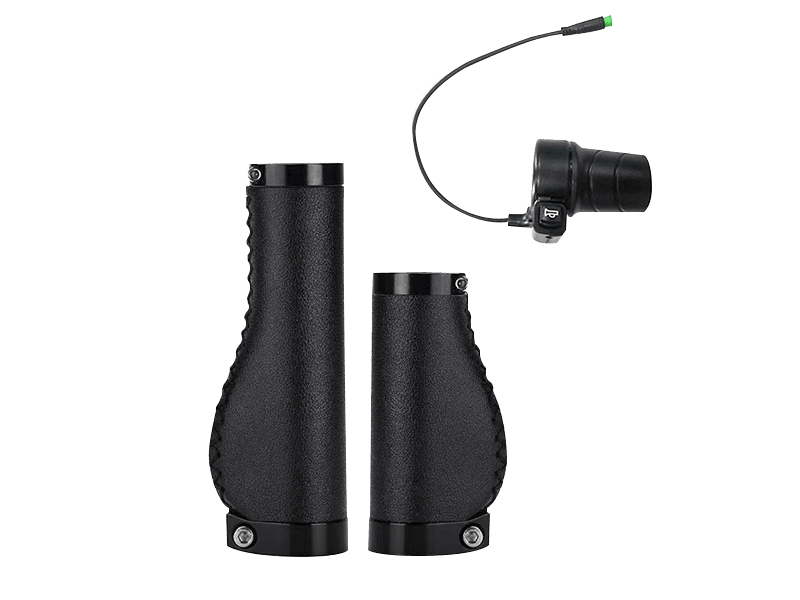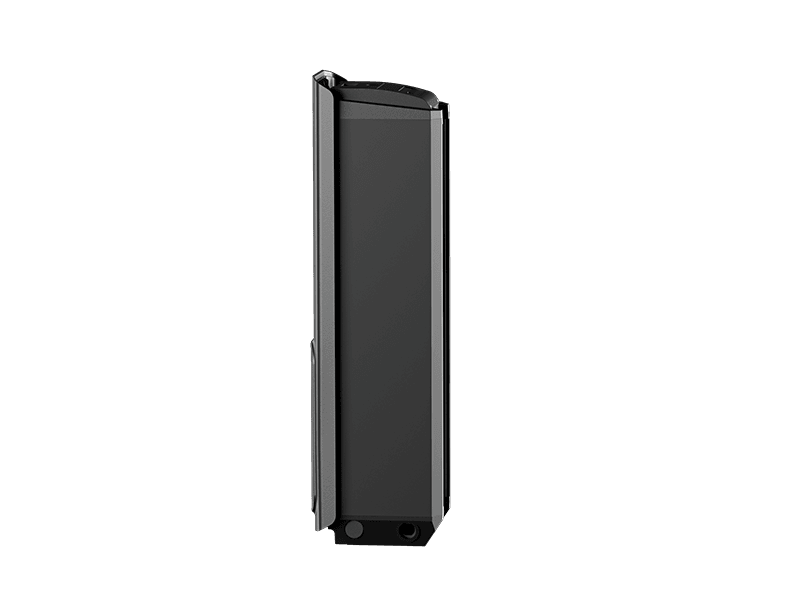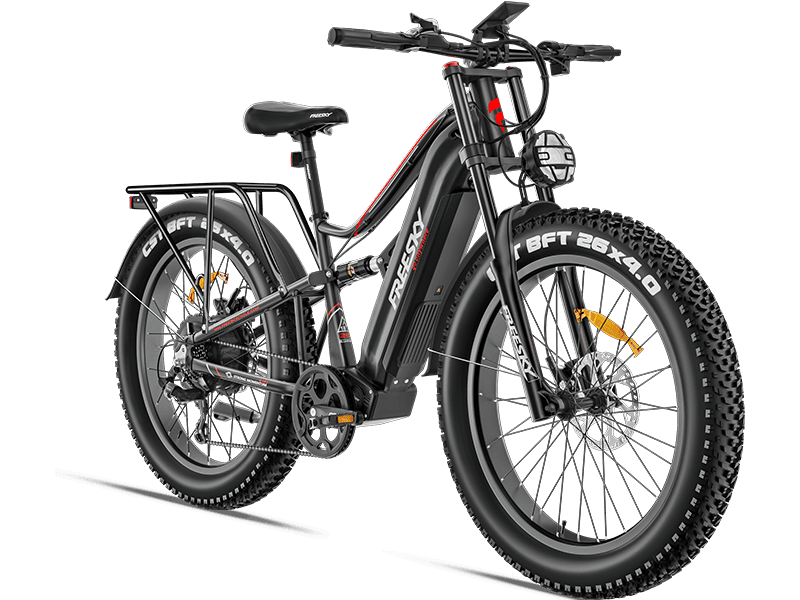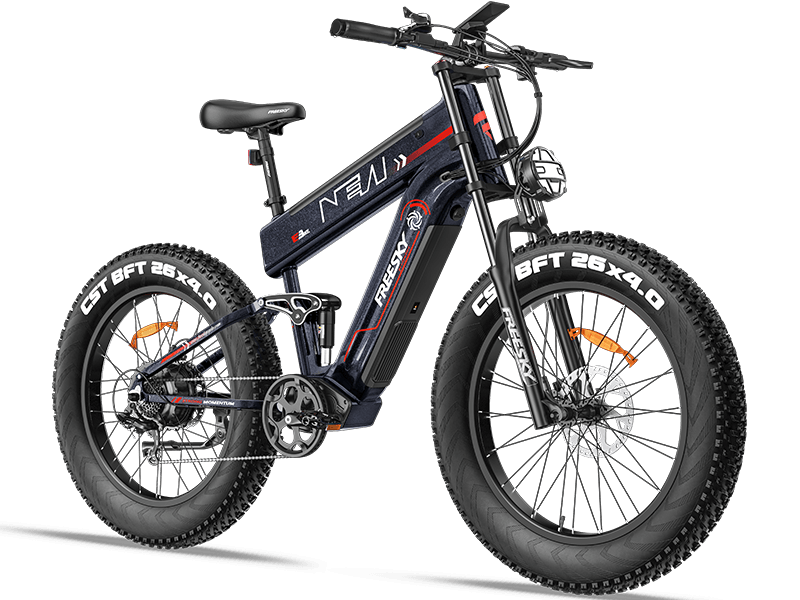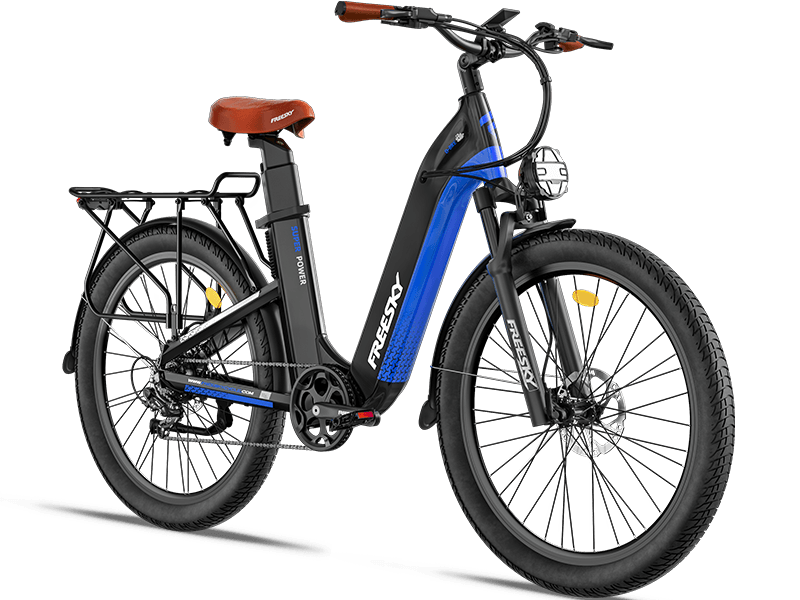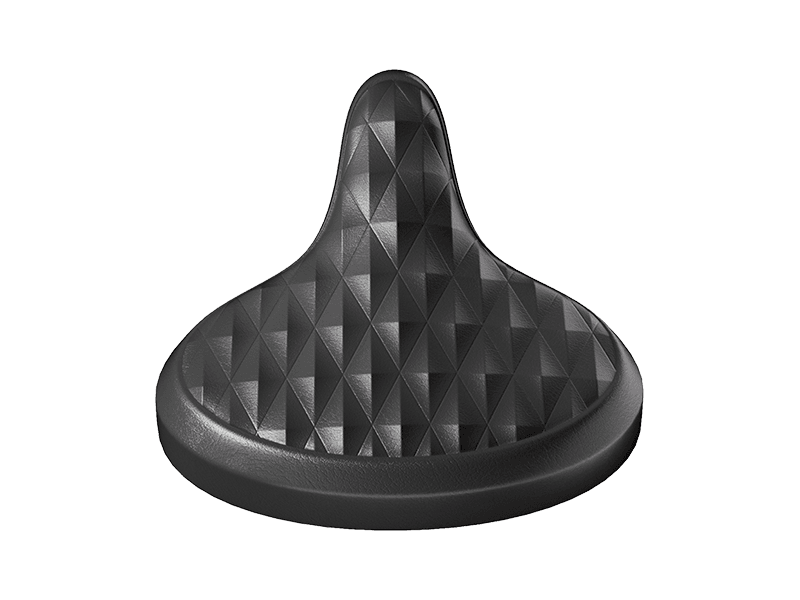Preventing E-bike Battery Fires: Tips for Safety and Maintenance
AUG 01, 2025
E-bikes are revolutionizing the way we commute and explore, offering a convenient, eco-friendly alternative to traditional transportation. However, like any electronic device, electric bicycles come with their own set of risks, particularly when it comes to the battery. E-bike battery fires are rare but can have devastating consequences, often caused by improper usage, charging, or poor maintenance.
To help keep you and your bike safe, here are some essential tips for preventing e-bike battery fires:
1. Use the Correct Charger
Always use the charger that comes with your e-bike or a manufacturer-approved replacement. Using an off-brand or incompatible charger may not provide the correct voltage or charging mechanism, increasing the risk of overheating and even fire.
-
Tip: Check the charger regularly for frayed wires or any signs of damage. If you notice any irregularities, replace it immediately.
2. Charge in a Safe Environment
Where and how you charge your e-bike can significantly impact its safety. Avoid charging your bike indoors where heat could build up in a confined space, or near flammable materials such as blankets, rugs, or even paper.
-
Tip: Always charge your battery on a hard, flat surface in a well-ventilated area. Ideally, charge it outdoors or in a garage with good airflow.
3. Avoid Overcharging the Battery
Overcharging can lead to heat buildup and battery damage, which could potentially cause a fire. Modern e-bike batteries typically have built-in overcharge protection, but it's still a good practice to unplug the charger once the battery reaches full charge.
-
Tip: Set a timer or check the battery regularly to avoid leaving it plugged in for an extended period after it's fully charged.
4. Inspect the Battery Regularly
Regular inspection of your e-bike battery can catch issues before they become serious. Look for signs of damage such as:
-
Swelling: If your battery appears to be bulging or swollen, it’s a clear sign that something is wrong.
-
Leaks: Any visible leakage or corrosion around the battery terminals is a red flag.
-
Loose or exposed wires: Ensure that all wiring is intact and free of damage.
-
Tip: If you notice any of these issues, immediately stop using the bike and have the battery inspected by a professional.
5. Store the Battery Properly
When you're not using your e-bike, store the battery in a cool, dry place away from direct sunlight. Extreme temperatures—both hot and cold—can shorten the life of your battery and increase the likelihood of malfunction.
-
Tip: If you plan to store the bike for an extended period, try to keep the battery at about 40-60% charge.
6. Avoid Deep Discharges
While it’s tempting to drain your e-bike battery to empty, deep discharges can harm the battery’s internal components and reduce its lifespan. Lithium-ion batteries, commonly used in e-bikes, tend to perform best when they're kept within a moderate charge range.
-
Tip: Recharge your e-bike when the battery drops to about 20-30%, and avoid letting it go below 10%.
7. Use Battery Management Systems (BMS)
Many modern e-bike batteries come equipped with a Battery Management System (BMS), which helps to regulate the charging and discharging process to ensure the battery stays within safe parameters. If your battery doesn’t have a BMS, consider upgrading to one.
-
Tip: Make sure that the BMS is functioning correctly by monitoring the battery’s performance and seeking professional maintenance if anything seems off.
8. Know the Warning Signs of a Faulty Battery
Be aware of any changes in your e-bike’s behavior that could indicate a problem with the battery, such as:
-
Unusual heat: If the battery becomes excessively hot during use or charging, it could be a sign of internal damage.
-
Strange odors: A burning smell or any unusual chemical scent is a clear indication that something is wrong.
-
Erratic performance: If the battery is losing charge quickly or the bike is not performing as it should, there may be an issue.
-
Tip: At the first sign of these issues, stop using the bike and get the battery checked by a professional.
9. Professional Servicing and Repairs
If your e-bike battery shows any signs of malfunction or damage, it's best to have it inspected and repaired by a professional. Never attempt to repair the battery yourself, as this can be dangerous.
-
Tip: Regular servicing by an experienced technician can help ensure your e-bike is in top condition and safe to ride.
Conclusion
While e-bike battery fires are rare, preventing them requires taking proactive steps in maintenance, charging, and storage. By following these simple safety guidelines, you can minimize the risk and enjoy your e-bike for years to come.
Always remember: safety first. If you're unsure about your e-bike’s battery condition or have any concerns, it's better to consult with a professional than to risk your safety. Happy riding!


